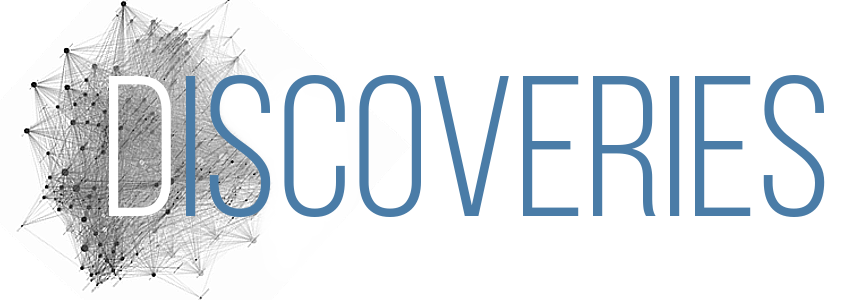
In a perfect world, the Internet would bring people together and give everyone a voice in the public sphere. When it comes to organizational activism for collective bargaining rights in North Carolina, however, Jen Schradie argues that digital technology creates a “treadmill that reproduces inequality,” but that only focusing on online data alone may miss social movement organizing that takes place offline. In her study “The Digital Activism Gap: How Class and Costs Shape Online Collective Action,” Schradie sets out to discover how the digital divide — defined as the economic, educational, and social inequalities between those who have computers and online access and those who do not — influences activism.
In 1959 the North Carolina General Assembly banned collective bargaining for the public sector, making North Carolina one of only three states in all of America that does not allow public workers to have collective bargaining rights. Schradie focuses on 34 organizations comprising individuals from various socioeconomic classes to better understand whether or not the digital divide influences activism. She combined online and offline data collection methods from 2011 to 2014, including in-depth interviews with 65 informants from the organizations; ethnographic observations of meetings, protests, and individuals’ personal internet use; and content analysis of each group’s website, Facebook, and Twitter posts. A research team also gathered data from Tweets, Facebook posts, and website metrics of the organizations under study.
Schradie found that digital engagement varies along class lines in a way that produces a digital activism gap. This gap is defined by two key takeaways: first, organizations with predominantly working-class members were much less likely to use the internet for organizing than those with members from middle and upper classes; second, two of the most active groups for collective bargaining rights lacked a web presence. While the digital divide affects social movements, organizations are still effective offline. To this end, Schradie notes the solution for activists and researchers is not simply to provide digital resources to the working class: it’s to understand that “theories — and policies — that are built only on those who have an empowered digital presence are limited.”

Comments